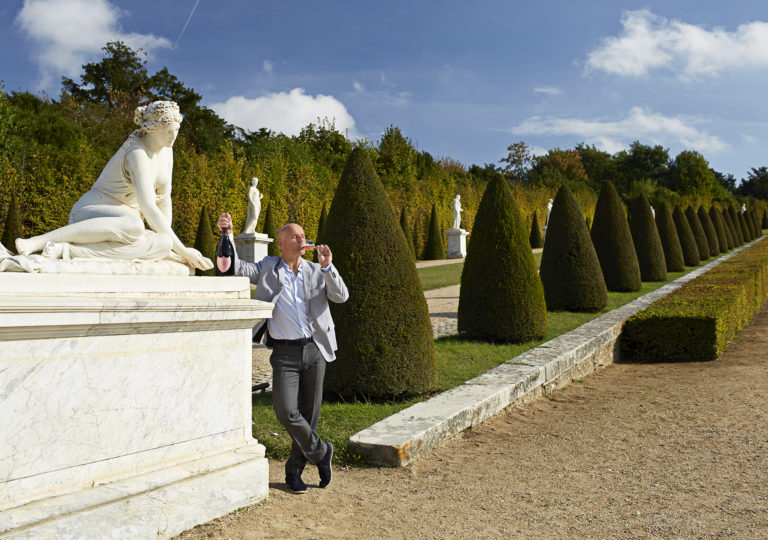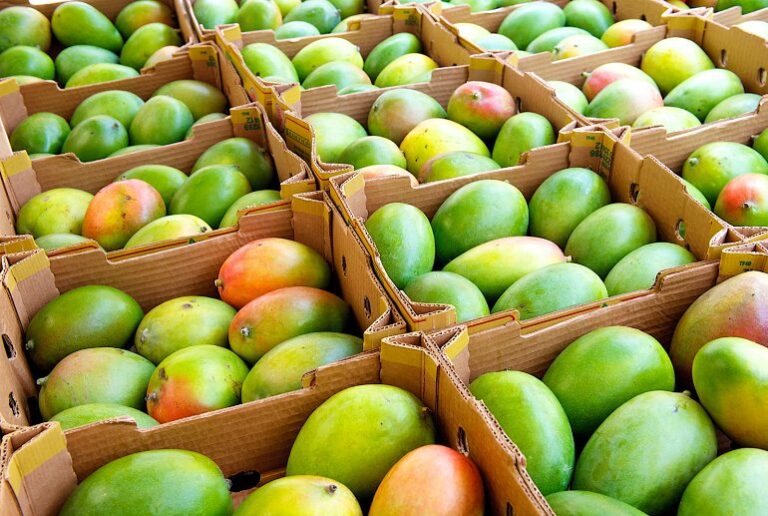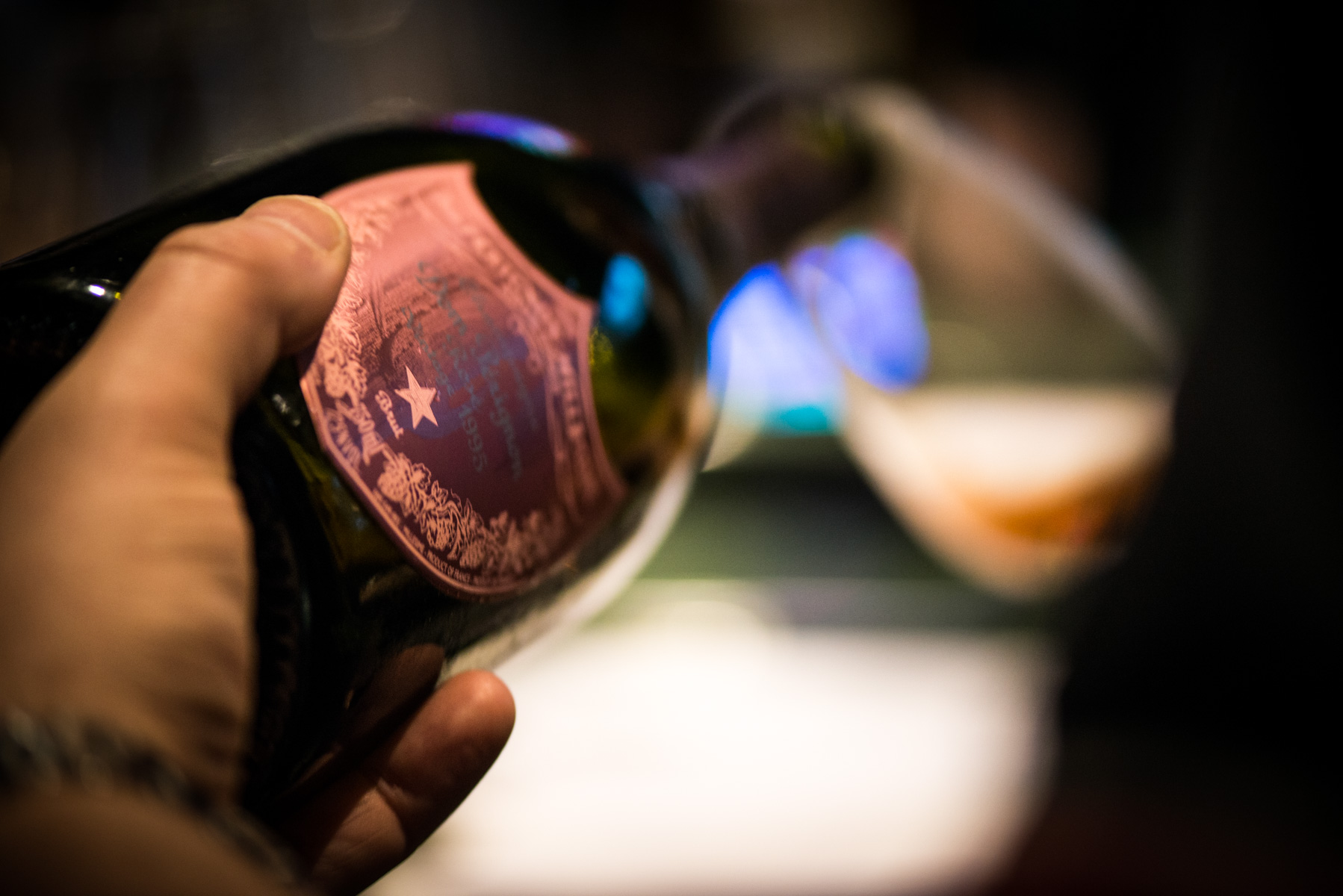From Vienna to Reims, ‘Veuve Clicquot East West Solar Voyage’ aboard the Venice Simplon-Orient-Express. [read the full champagne story]
Estimated reading time: 4 minutes

Picture this: before delving into the enchanting world of the Venice Simplon-Orient-Express, travelers will be enraptured by the imperial charm of Vienna. It’s a city where the Veuve Clicquot champagnes first graced tables in 1777. Cruising along the Danube, participants will be invited to relish the opulence of the imperial court, steeped in history and grandeur. The journey commences with a gourmet dinner, a star-studded affair shrouded in secrecy until the last moment. The following day unfolds with an exploration of Vienna’s iconic historical and cultural landmarks.
Once aboard the Belmond train, the experience transcends ordinary luxury. Michelin-starred Chef Jean Imbert orchestrates an exquisite dinner, accompanied by tastings of exceptional vintages of Champagne Veuve Clicquot. On the third day, as the first rays of the sun grace the horizon, passengers can bask in the spectacle from the comfort of their cabins. The final destination awaits – Reims, the cradle of Maison Veuve Clicquot.
Upon reaching the heart of the vineyard and vegetable garden in Verzy, a sensory delight awaits with a tasting of outstanding vintages, from the distinguished La Grande Dame to Rosé champagne freshly served from the press. The exploration continues with a visit to the ancient Gallo-Roman chalk quarries, a UNESCO heritage site. Here, a culinary masterpiece unfolds as Michelin-starred Chefs Mory Sacko and Jean Imbert collaborate to craft an exceptional lunch.
From the initial allure of Vienna to the concluding moments in Champagne, this voyage promises a tapestry of unique and immersive experiences. Step aboard the “Veuve Clicquot East West Solar Voyage” and traverse from Vienna to Reims on the iconic Belmond train, immersing yourself in the journey of a lifetime from July 4 to 6, 2024.

Discover the full itinerary and book
Prices from £6,900 per passenger, based on two guests sharing a historic twin cabin.
Veuve Clicquot Ponsardin
★★★★
according to Champagne Club by Richard Juhlin
In my home country Sweden, no Champagne is as well known as the “Gula Änkan,” the Yellow Widow. The house was founded in 1772 by Philippe Clicquot. His son, François, married Nicole-Barbe Ponsardin, who took over the company at the age of twenty-seven when she found herself a widow. By her side was Comte Edouard Werlé and the firm’s chef de caves, Antoine Müller. Together with Müller she developed “remuage” using “pupitres.” One Heinrich Bohne then helped to take the Russian market by storm. Throughout the nineteenth century and right up to the 1970s, Clicquot was reckoned as one of the top four or five Champagne companies, a position they still are very close to obtain.
At first the company merged with Canard-Duchêne, but today it is a part of the powerful Louis Vuitton Moët Hennessy (LVMH) group. The 284 hectares owned by Clicquot in twenty-two villages are enough for around three of the almost 18 million bottles produced each year.
The most important crus for La Grande Dame and the vintage wine are Ambonnay, Bouzy, Avize, Cramant, Le Mesnil, Oger, Verzy and Verzenay. Since 1962 modern vinification techniques and stainless-steel tanks have been used. If you find old, well-kept vintages they’ll be very like Bollinger and Krug. Despite the factory scale, the house has managed to keep its Pinot-based classic style, where dough, bread, and pepper are clear elements. Jacques Peters, who is brother to François Peters in Le Mesnil and an equally gifted winemaker, should get the credit for Clicquot’s quality. The talented winemaker Dominique Demarville followed smothly in the same tracks and now its Didier Mariottis turn to lead the glorious path.
The rich and honeyed La Grande Dame is a wonderful champagne, but the powerfull and nutty vintage wine often gives best value for money. Cave Privée is probably the best bargain on the market.
‘A classic house that is one of the greatest!’
Richard Juhlin





